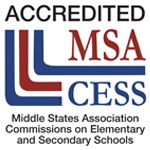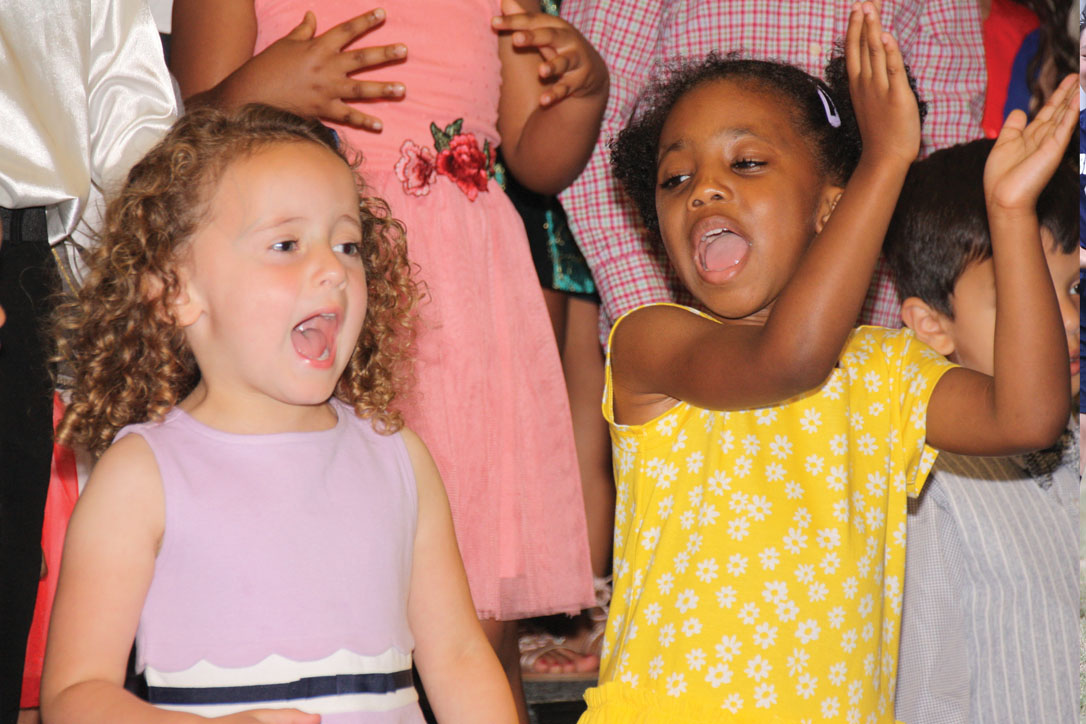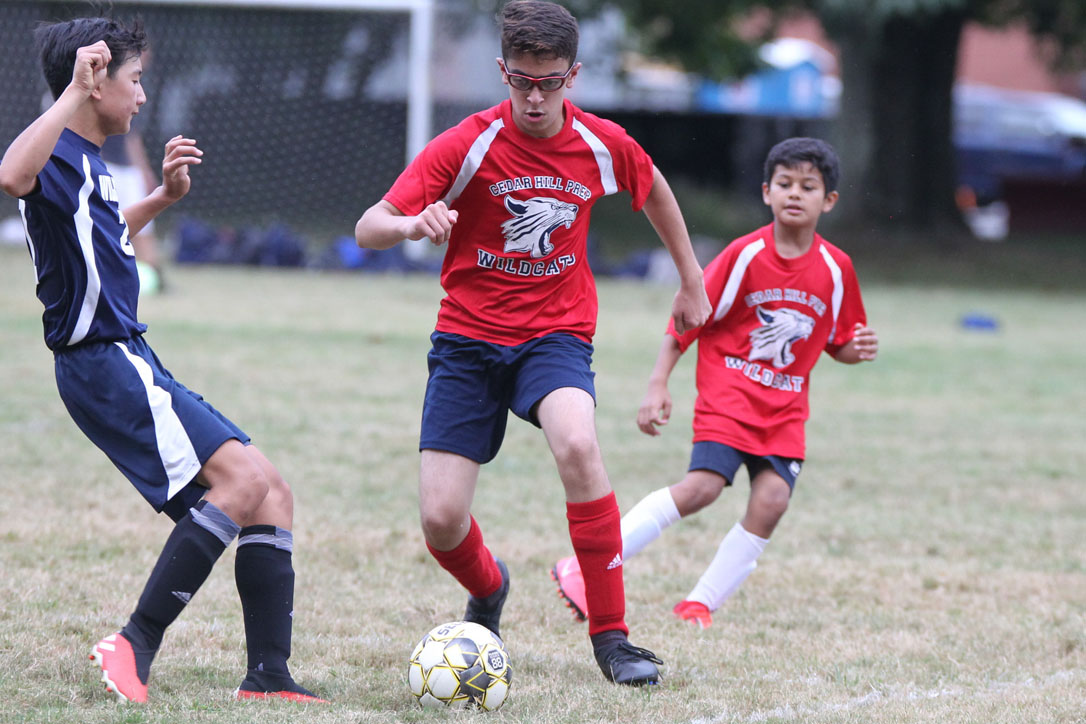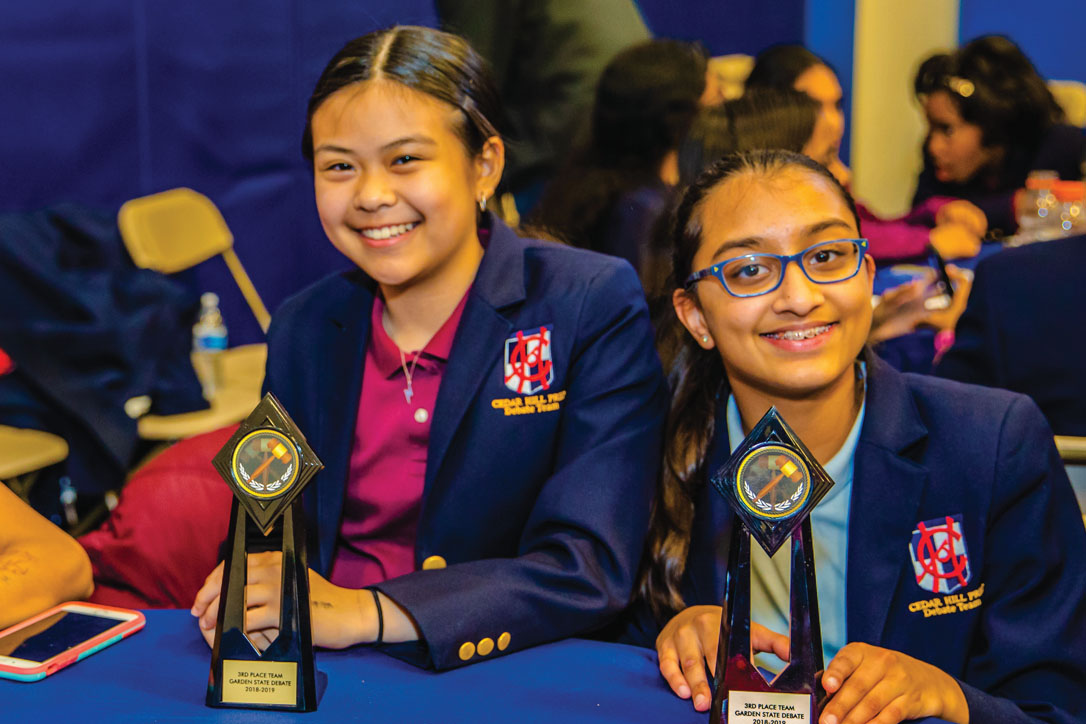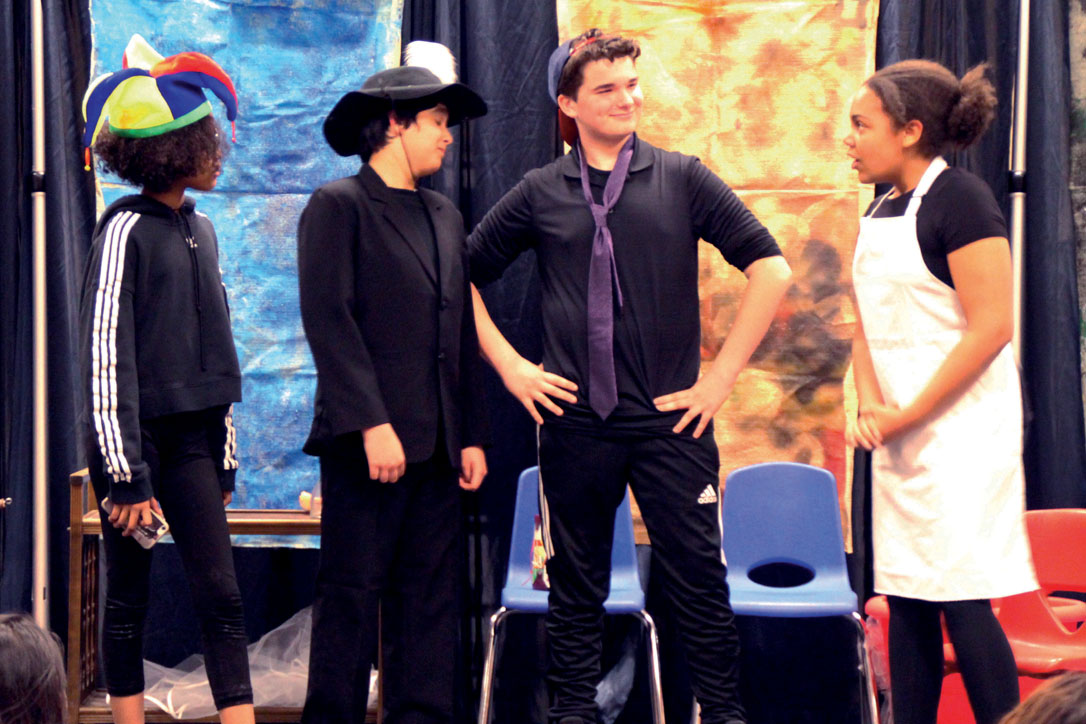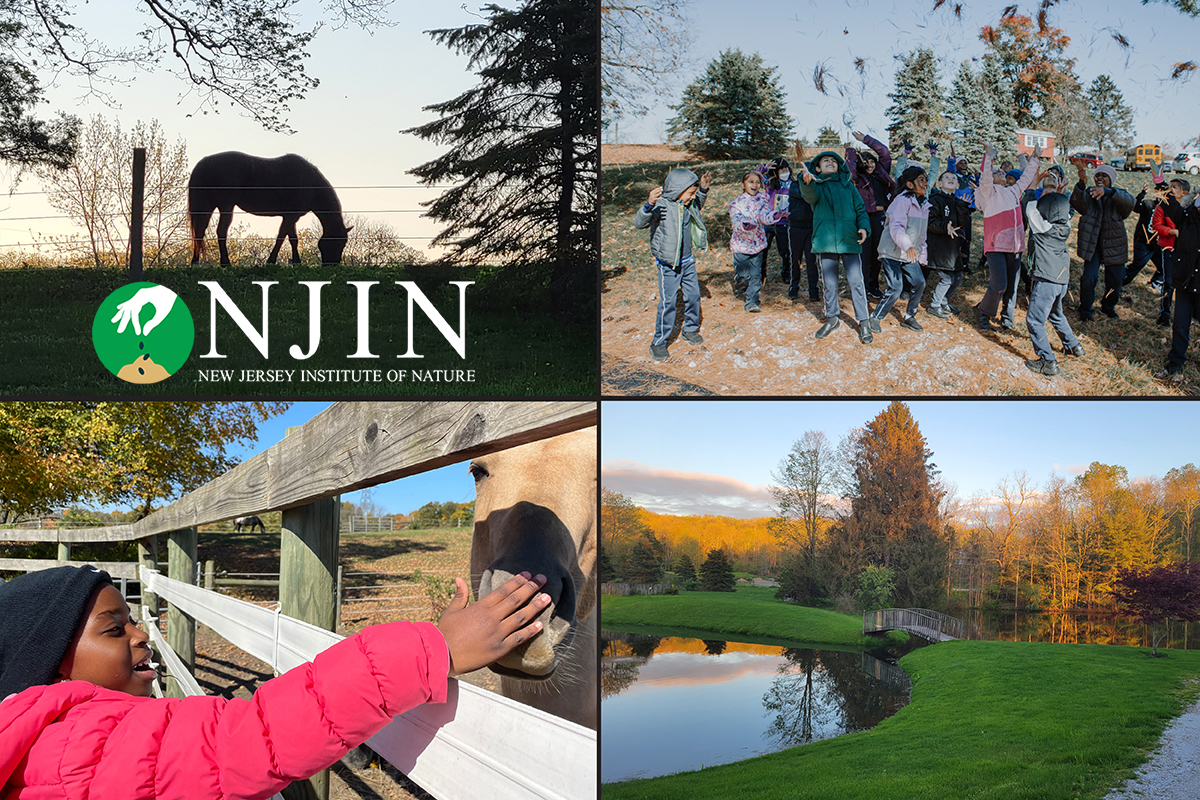Experiential Learning
New Jersey Institute of Nature (NJIN)
Students at Cedar Hill Prep are actively involved in research projects in collaboration with the New Jersey Institute of Nature (NJIN). NJIN mentors strive to transform classroom content into real-life, hands-on learning experiences.
As part of experiential learning, CHP students visit the NJIN farm every month. High school seniors and juniors have an opportunity to enroll in a unique program – the Babson Youth Entrepreneurship Program, which focuses on entrepreneurship and leadership skills.
To learn more about the work our students are involved in, please visit NJIN
Experiments and Beyond
At Cedar Hill Prep, we strongly believe in experiential learning. Our Middle School students, along with our talented faculty, have been actively engaged in several research projects since last year. Our efforts have been recognized through numerous certifications, including the River Friendly Schools Silver level Certification and New Jersey Audubon Eco Schools Schoolyard Habitat Bronze level Certification in 2023. We take pride in our meadow garden, which has earned National Wildlife Federation Wildlife Habitat certification, and completing the Empowered Schools program. Additionally, we have initiated a compost program that has successfully collected almost 100 pounds of compost throughout the year.
The Middle School Science students completed a fascinating project on Volcanic Mulching. They opted for a creative approach, digging donut pits around the mounds of mulch under the trees on our school campus. This innovative technique helps to safeguard the bark of trees, increasing their lifespan – a marked departure from the destructive effects of volcano mulching.
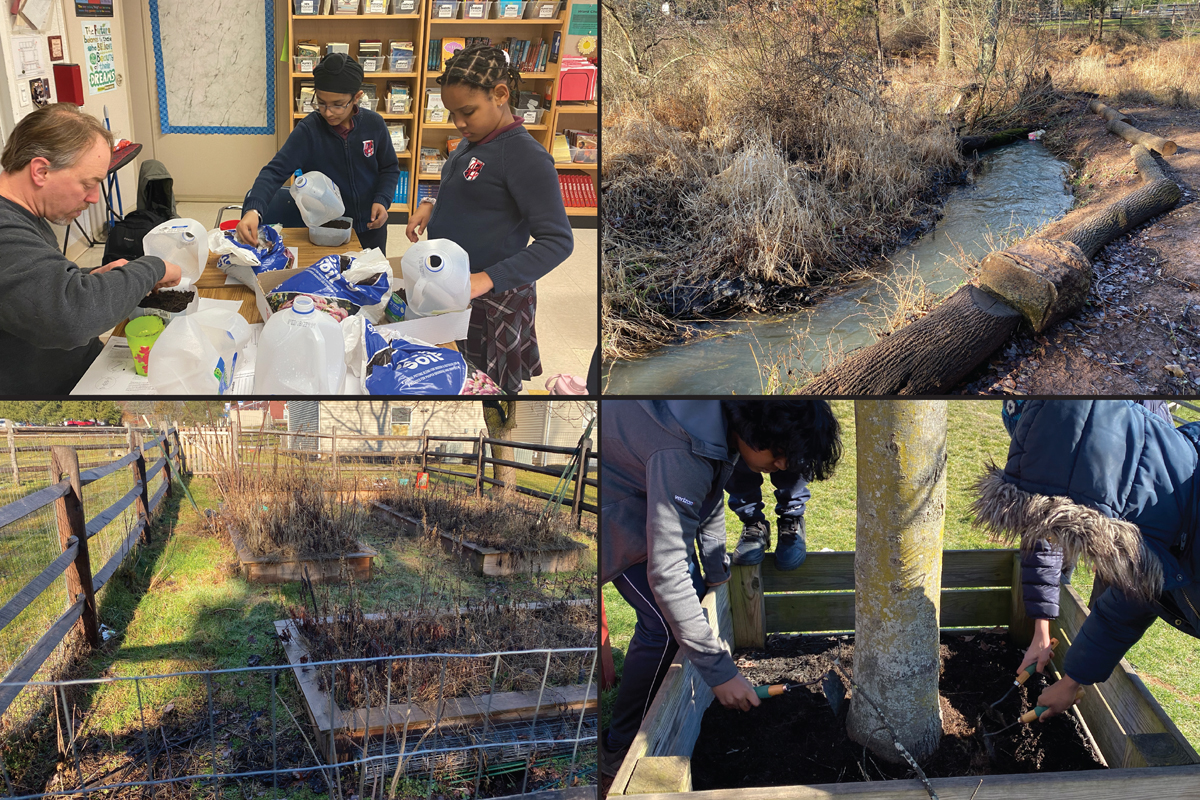
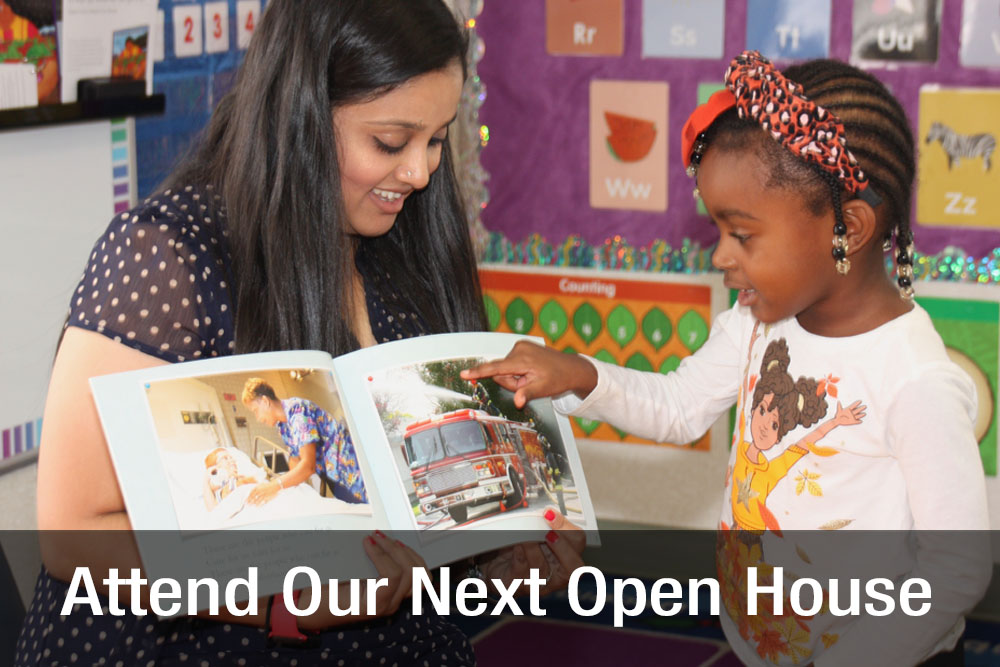
Discover how Cedar Hill Prep can help your child reach their unique potential. Our students are in the top 10 percentile in the United States and our educators are delighted to showcase our offerings. We are currently taking applications and processing enrollment.
2024-2025 School Calendar
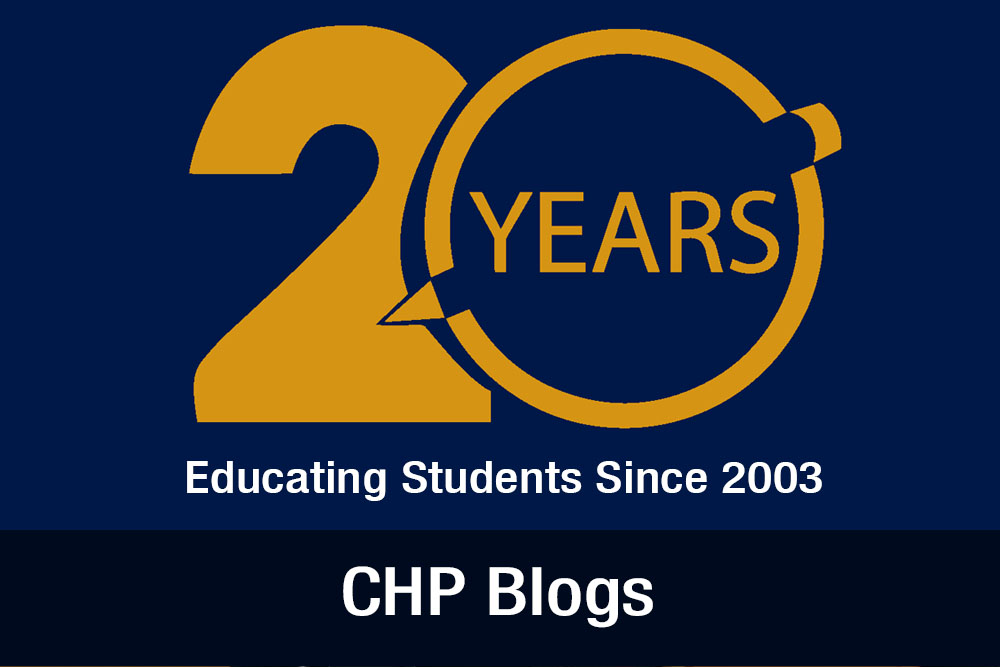
Do you love blogs? Do you like hearing about best education practices and getting parenting tips to support your child’s learning path?
Follow CHP's journey as we enter the 20th Year! Our faculty and administrative team have an exciting year lined up. If you love blogs and would like to stay connected with our school community, you're in the right place! Look out for news and events that take place at our school right here on our very own blog site!

Distance should never get in the way of education.
Cedar Hill Prep School offers several transportation methods to ensure a Cedar Hill Prep School is always in reach. A plethora of communities can take advantage of these routes, including:
- Princeton
- Franklin Park
- Rocky Hill


